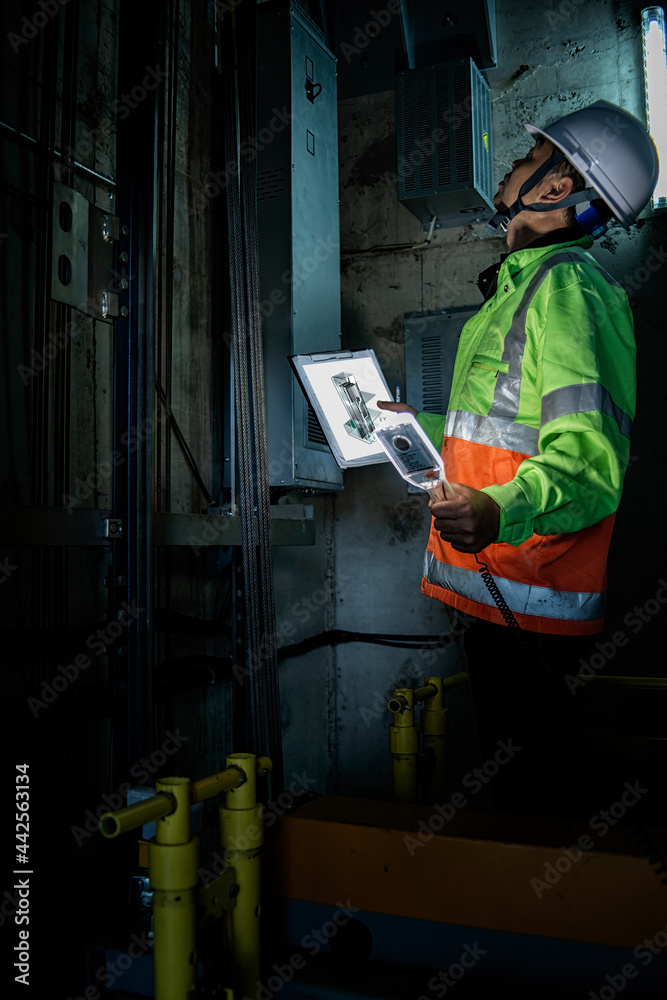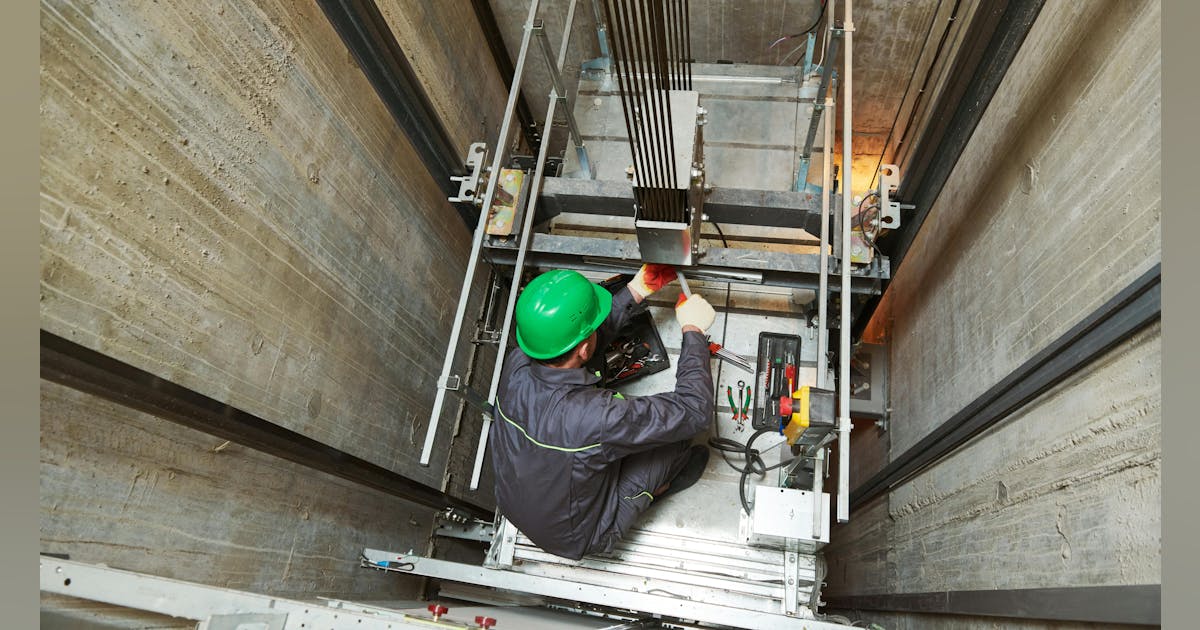Reliable Lift Maintenance Programs to Enhance Safety and Functionality
Reliable Lift Maintenance Programs to Enhance Safety and Functionality
Blog Article
Exploring the Comprehensive Actions Required for Lift Maintenance
In the realm of structure upkeep, ensuring the appropriate performance and safety and security of lifts is critical. By addressing key aspects such as aggressive maintenance routines, safety checks, and emergency preparedness, an extensive understanding of the intricacies included in lift upkeep can lead to improved efficiency and safety.
Normal Assessments
When it concerns ensuring the long life and safety and security of your lift system, routine examinations are extremely important. These regular checks play an important function in identifying any kind of possible concerns prior to they intensify right into major problems, ensuring the smooth and safe operation of the lift. By performing normal inspections, upkeep groups can proactively attend to deterioration, faulty parts, or any kind of various other issues that may jeopardize the lift's efficiency or security.
Throughout these examinations, trained experts thoroughly take a look at numerous elements of the lift system, consisting of mechanical components, electric systems, safety features, and overall structural integrity (lift maintenance contract). They look for signs of wear, deterioration, leakages, or any kind of anomalies that could indicate an issue. In addition, they verify that all safety systems are working correctly and in compliance with guidelines. By detecting and dealing with concerns at an early stage, these inspections help avoid costly fixings, downtime, or safety hazards, inevitably extending the lifespan of the lift system and guaranteeing the health of its users.
Positive Upkeep Schedules
Applying positive upkeep routines is important for making the most of the effectiveness and durability of lift systems. By sticking to a proactive maintenance method, lift proprietors can attend to possible problems prior to they escalate right into major problems, inevitably reducing downtime and costly fixings.
A well-structured aggressive maintenance timetable must detail particular jobs, frequencies, and accountable employees. It is crucial to adhere to producer recommendations and market standards when developing these routines to ensure the lift runs safely and effectively. In addition, documenting upkeep tasks and keeping in-depth records can supply valuable understandings right into the lift's performance gradually, aiding in making and identifying patterns notified upkeep decisions.

Security Conformity Checks
Guaranteeing safety and security compliance with thorough checks is paramount in preserving lift systems' integrity and protecting customer well-being. Security conformity checks entail an extensive examination of various components, including electric systems, mechanical components, emergency brakes, doors, and other essential safety functions. These checks are vital to identify any prospective dangers or breakdowns that can compromise the lift's operation and put individuals in jeopardy.
Normal safety and security compliance checks should be conducted by qualified professionals in adherence to sector regulations and standards. These checks help in discovering problems early, permitting prompt fixings and preventative upkeep actions to be applied. Furthermore, keeping detailed documents of safety and security conformity checks is critical for tracking the lift system's efficiency with time and showing compliance with security policies.
Devices Upgrades and Modernization
Enhancing lift systems with equipment upgrades and innovation is important for improving performance and safety criteria in vertical transport. As innovation advances, older lift systems might become obsolete, resulting in lowered reliability and possible safety dangers. By investing in devices upgrades and modernization, structure proprietors can guarantee that their lifts fulfill current sector standards and guidelines.

Along with operational advantages, tools upgrades and modernization jobs can additionally boost the aesthetic appeals of the lift, giving a more enticing and modern-day experience for passengers. Ultimately, investing in lift upgrades and innovation is an aggressive strategy in the direction of ensuring the long life, security, and performance of vertical transport systems.
Emergency Situation Readiness Preparation
A reliable emergency situation readiness strategy is crucial for ensuring the safety and swift reaction in situation of unforeseen events entailing lift systems. Emergency preparedness planning for lift systems includes an organized technique to alleviate threats, make sure traveler security, and lessen downtime during emergencies.
Key components of an emergency situation readiness strategy for lifts consist of clear interaction methods, routine training for lift operators on emergency treatments, and regular drills to check the efficiency of the plan. lift maintenance contract. Furthermore, the plan needs to describe certain functions and responsibilities for all stakeholders entailed, including structure monitoring, maintenance personnel, and emergency situation responders
In case of a lift breakdown or entrapment, having a well-defined emergency strategy can help in working with a punctual and effective reaction to make certain the security and well-being of guests. Timely communication, accessibility to emergency devices such as communication tools and emergency lights, and knowledge of discharge procedures are essential elements of a comprehensive emergency readiness prepare for lift systems. By lift maintenance focusing on emergency situation preparedness preparation, building supervisors can enhance the total safety and dependability of their lift systems.
Conclusion
To conclude, the comprehensive procedures needed for lift upkeep consist of normal evaluations, aggressive maintenance routines, safety and security compliance checks, tools upgrades and modernization, and emergency readiness preparation. These steps are necessary for ensuring the security, integrity, and efficiency of lifts in different setups. By applying these measures, lift owners can lessen the threat of accidents, extend the life expectancy of their tools, and abide with sector laws.

Throughout these inspections, trained experts completely check out numerous aspects of the lift system, including mechanical components, electrical systems, security functions, and general architectural stability.Making sure safety and security conformity via thorough checks is paramount in keeping lift systems' dependability and protecting customer well-being. Keeping in-depth records of security conformity checks is critical for tracking the lift system's performance over time and demonstrating compliance with safety policies.
By prioritizing emergency readiness preparation, structure managers can enhance the overall safety and security and integrity of their lift systems.
Report this page